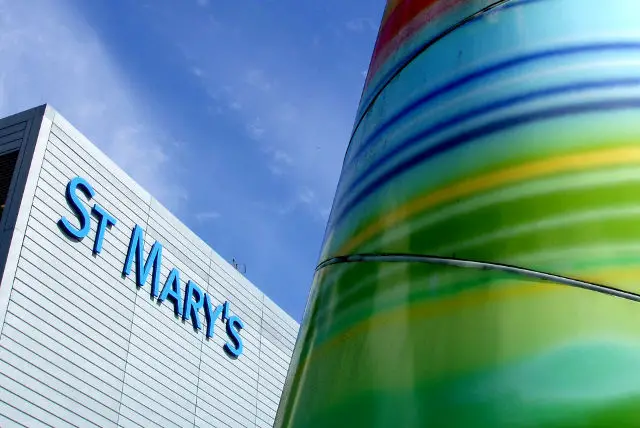Waiting times have increased again at the St Mary’s Hospital A&E department — during November, 1,292 patients had to wait for more than four hours before they were admitted or discharged.
That equates to 40 per cent of patients attending the department, an increase on 35 per cent during October.
Overall waiting times dropped
However, when all the emergency departments are taken into account — including the urgent treatment centre and medical assesment unit — overall waiting times dropped by almost two per cent.
The November figures, published by NHS England, show every major A&E department in the country missed the target of treating 95 per cent of patients within four hours — for the first time since the target was set in 2004.
Nationally, only 81.4 per cent of patients were seen within four hours.
Across all emergency settings
At St Mary’s Hospital, the number of patients seen within four hours at all emergency settings rose from 70.9 per cent during October to 72.6 per cent last month.
The trust has been working with the Emergency Care Intensive Support Team at NHS Improvement to improve its performance.
A trust spokesperson said:
“Overall, fewer people waited more than four hours last month than they did in October. This is good news, but we know we need to do more to make sure that people in our A&E department are seen as quickly as possible.
“Winter is always a challenge for the NHS and we are already starting to see an increase in the number of people attending — many of whom are very unwell.
“The NHS on the Island has a plan to deal with the challenges of winter and we will be working with our partners to make sure that people can leave the hospital as soon as they are able.
“We recently opened a new urgent treatment centre, which will treat people with minor illnesses and injuries, relieving some of the pressure on our A&E department.
“Local people can help us reduce waiting times in A&E by ensuring that they call 111 to get advice before travelling and only use 999 or attend A&E in a genuine emergency.”
This article is from the BBC’s LDRS (Local Democracy Reporter Service) scheme, which OnTheWight is taking part in. Some alterations and additions may be been made by OnTheWight. Ed
Image: © Used with the kind permission of Auntie P





